Everything you need to know before buying a lab-grown diamond
Jewelry experts weigh in what to know before buying a lab-grown diamond.
Throughout the last few years, lab-grown diamonds have continued to grow in popularity, not only for their authentic look but also for their accessibility.
These uniquely crafted gems are man-made in laboratories using technology that replicates the natural diamond-growing process -- which consists of a tetrahedral arrangement of carbon atoms tightly bonded together.
The result of this lab-grown entity are diamonds that have the same optical, physical and chemical make as those grown beneath the Earth’s surface.
How are lab-grown diamonds different from natural diamonds?
While there isn't an immense structural difference between lab-grown diamonds and mined diamonds, one of the biggest differences comes down to origin. "Natural diamonds are extremely old," Gemological Institute of America (GIA) manager of diamond research Ulrika F.S. D'Haenens-Johansson told ABC. "They formed up to 3.5 billion years ago, deep within the Earth, under extreme pressure and temperature conditions and were brought up to the surface through ancient volcanic eruptions."
Another major contrast is price. Jean Dousset, a lab-grown diamond designer and founder of his own namesake jewelry brand explained to ABC that lab diamonds remove the tension that mined diamonds present with the financial commitment and quality compromises many will end up making when considering a purchase.
“Lab diamonds break down that barrier which makes them truly an irresistible option," he said.
Are lab-grown diamonds real?
Lab-grown diamonds have been graded by GIA for over a decade and in 2019, GIA Laboratory-Grown Diamond Reports and identification reports began no longer using the term "synthetic" as a descriptor for the gems.
“Gem-quality laboratory-grown diamonds are produced by either the high pressure, high temperature (HPHT) or chemical vapor deposition (CVD) methods,” said D'Haenens-Johansson. “Each process requires a diamond seed to act as the crystal template, with growth generally taking weeks to months depending on the quality and size."
When looking to evaluate lab-grown diamond's authenticity or quality, D'Haenens-Johansson advises that consumers make informed decisions by asking questions about the source of the laboratory-grown diamond to ensure it aligns with their objectives -- whether it’s the country that it was produced in or the energy source.
"Just like natural diamonds, it's important to remind everyone that not all lab-grown diamonds are created equal," said Dousset. "There is a wide range of growth processes that yield a very different quality diamond, and lab-grown takes as much care and consideration as mined diamonds in terms of the artistry of cutting. The main advantage to diamond cutters is a more predictable amount of rough to cut, whereas mined diamonds come in all different sizes and shapes, which limits the number of diamonds you can cut each time and therefore drives up the price since there is less freedom in what you can create from it."
Why are lab-grown diamonds so popular?
While lab-grown diamonds have been appearing in the jewelry market since the 1980s, the gems have more recently grown in popularity amongst shoppers and retailers, specifically amongst millennials as well as Gen-Z.
Experts agree the sudden surge in interest in the past decade has a lot to do with these jewels becoming more consistently available in popular sizes and color ranges. "Their increased availability, combined with transparency, and retailer and consumer education have now largely dispelled the notion that they are a 'fake' product that is not a real' diamond,” said D'Haenens-Johansson.
Dousset also added that lab-grown diamonds seem to align more with younger and future generations' eco-friendly mindsets and values. "Buyers are now able to own diamonds created by these standards," he said.
With everything from engagements to Mother’s Day on the horizon, there are a wide variety of options to consider shopping just in time for all the special occasions underway.
By clicking on these shopping links, visitors will leave ABCNews.com. These e-commerce sites are operated under different terms and privacy policies than ABC. ABC will receive a commission for purchases made through these links. Prices may change from the date of publication.
Lab-Grown Diamond Engagement Rings
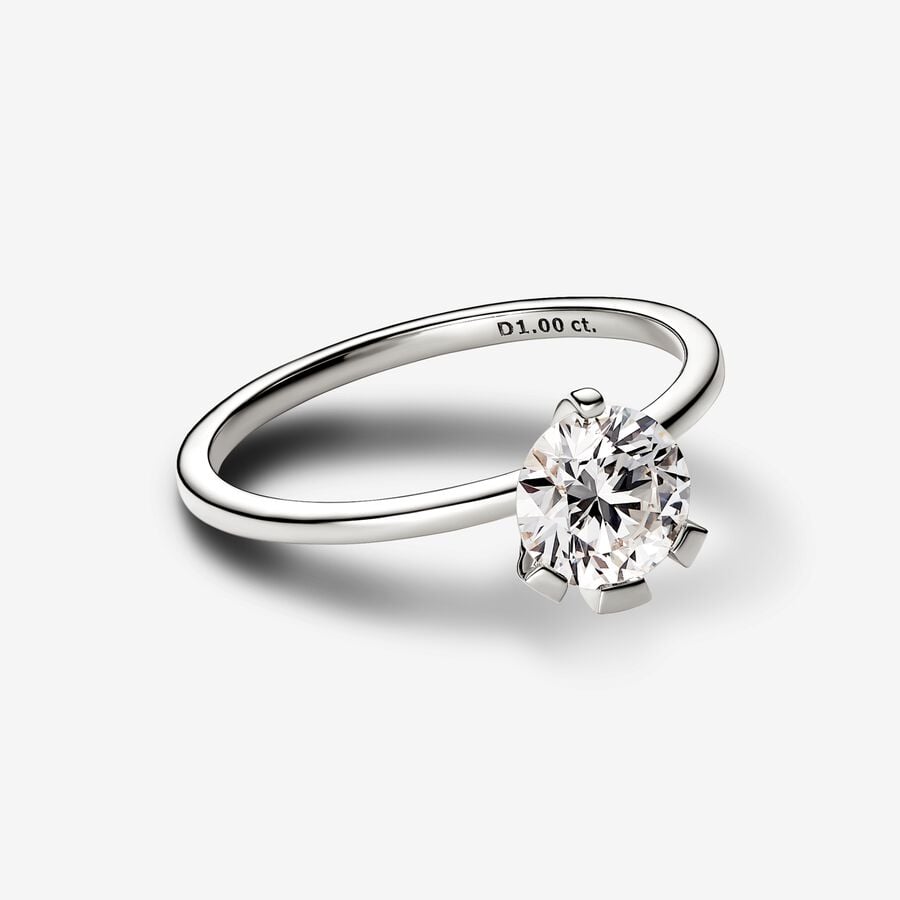
Pandora Nova Lab-grown Diamond Ring 1.00 carat tw. 14k White Gold
This 1.00 round cut lab-grown diamond features a unique asymmetric prong setting that opens the stone up to capturing more light, and showing off more sparkle.
- $1850
- Pandora

Petite Twisted Vine Lab Diamond Engagement Ring 1.8 carat tw.
This uniquely designed ring has a sparkling strand of pavé coiled around the base. It's also available in four metals including white gold, yellow gold, platinum and rose gold.
- $1090
- Brilliant Earth

Chelsea Solitaire Lab Diamond Engagement Ring 1.01 carat tw.
This solitaire pear-shaped stone features round pavé lining and a high polished band. There's also an option to shop round, roval, cushion, emerald, radiant, pear, princess and marquise shapes.
- $1800
- Jean Dousset
Lab-Grown Diamond Earrings
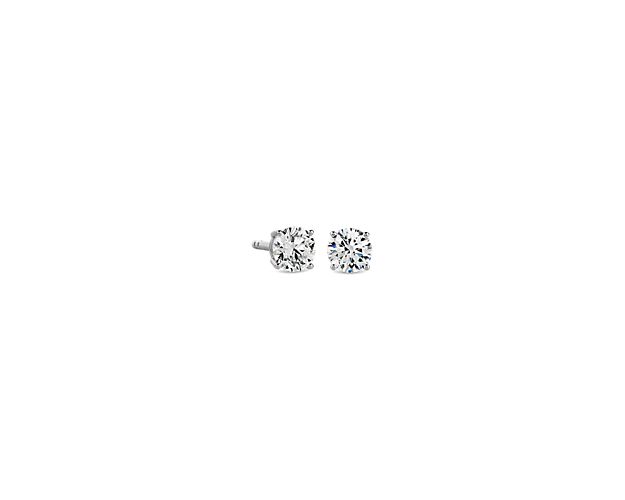
Lab Grown Diamond Stud Earrings In 0.5 ct. tw. 14k White Gold
These round-shaped stud earrings feature glowing 14k white gold four-prong settings that can be easiely dressed up or down.
- $456
- Blue Nile
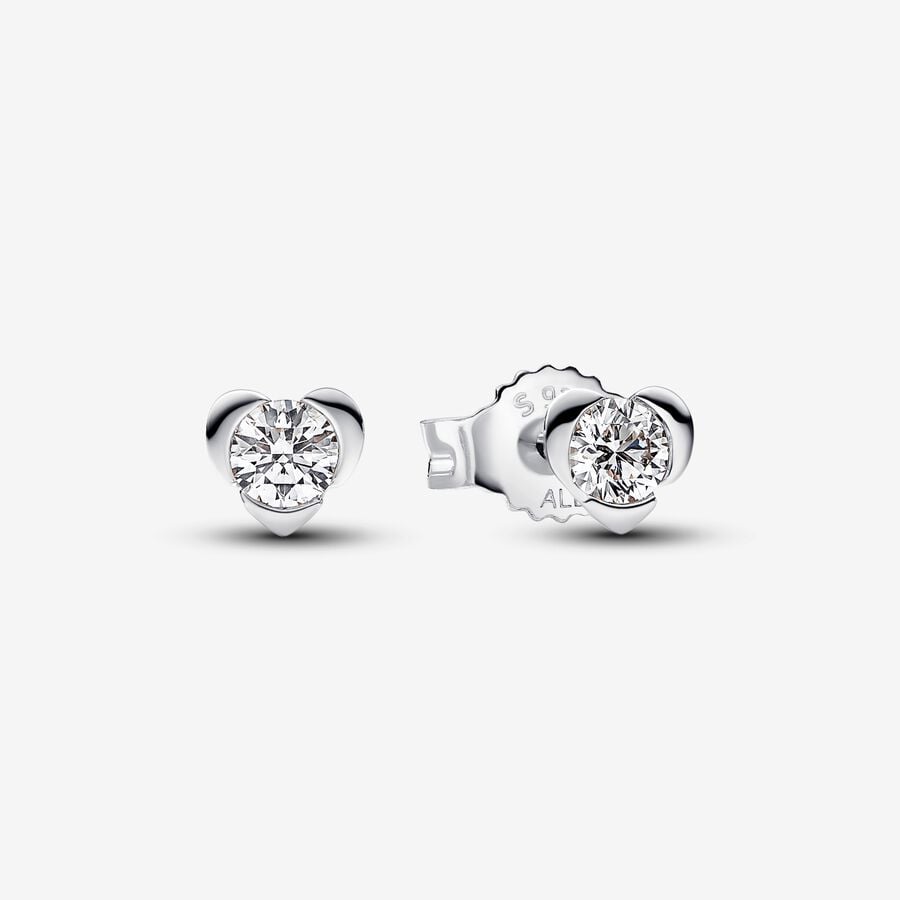
Pandora Talisman Lab-grown Diamond Heart Earrings 0.30 carat tw. Sterling Silver
Wrapped in sterling silver, these stud earrings have a unique look that creates heart motifs with 0.15 lab-grown carats. The back of the earrings echo the front with heart-shaped cut-outs.
- $390
- Pandora
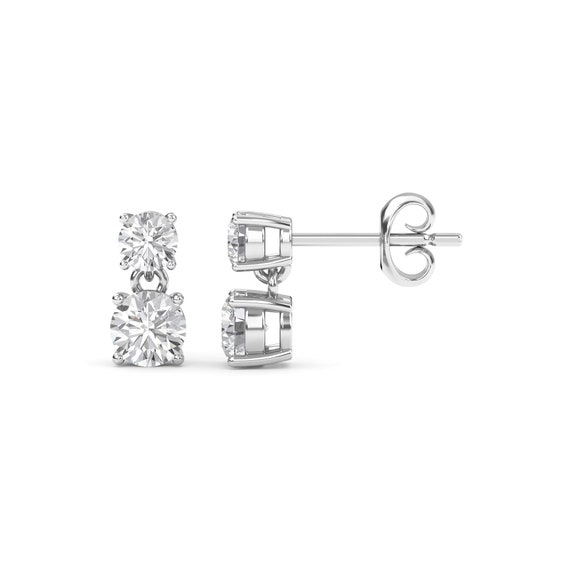
Lab Grown Diamond Stud Bridal Earrings 0.50 carat tw.
Ideal for brides-to-be, these round-cut drop earrings can be worn purchased in everything from silver to platinum tones.
- $452
- Etsy
Lab-Grown Diamond Necklaces
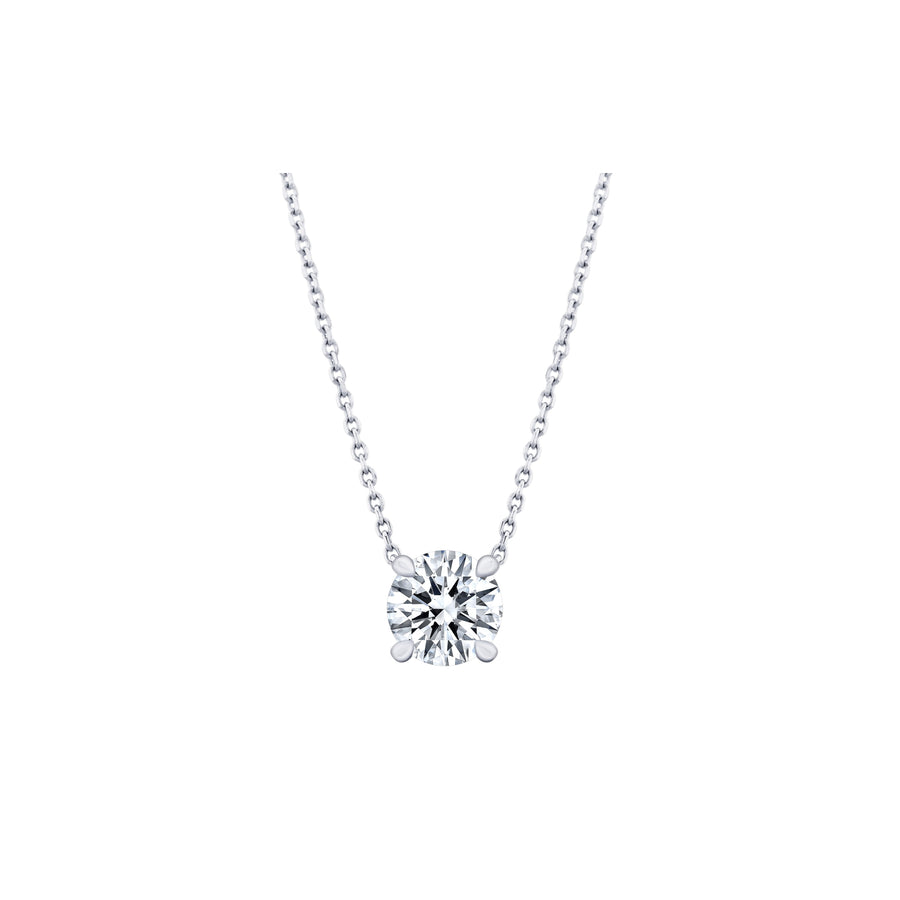
Chelsea Lab Diamond Round Brilliant Pendant 1.1 carat tw.
This necklace is an elevated take on an everyday essential. It features a glowing round-cut lab diamond center with pavé hand-set.
- $1800
- Jean Dousset
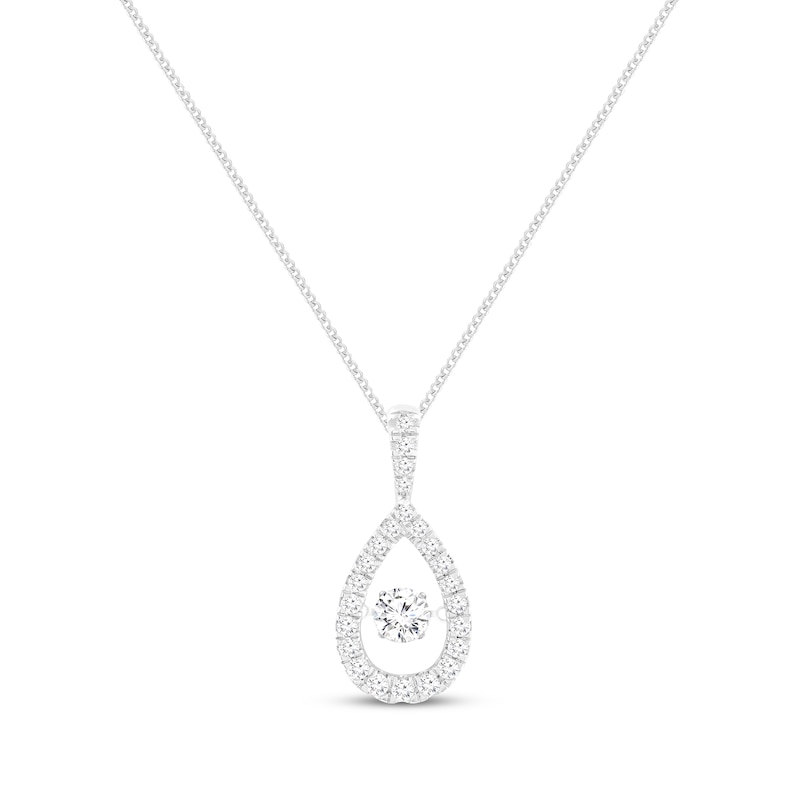
Unstoppable Love Lab-Created Diamond Teardrop Necklace 1-1/2 carat tw. 14K White Gold 19”
This dazzling necklace highlights a sparkling 3/4-carat lab-grown diamond at it's core that sparkles from all angles. It also features a teardrop-shaped frame that includes lab-created diamonds.
- $2999.99
- Kay Jewelers
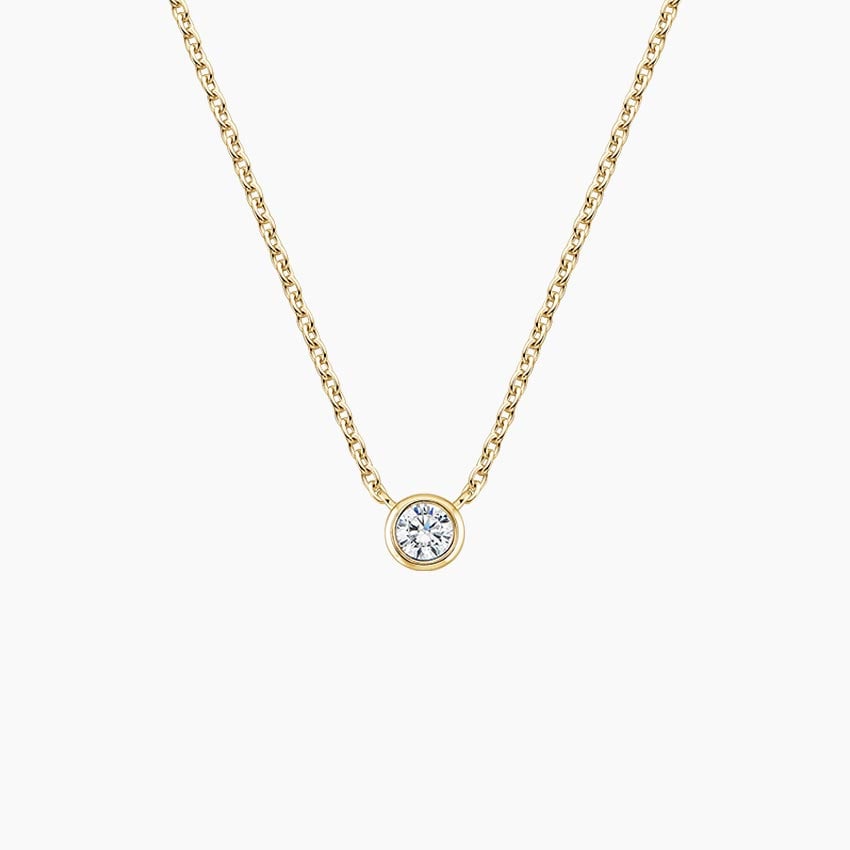
Lab Diamond Bezel Solitaire Pendant 1/10 carat tw.
Available in white or yellow gold, this sophisticated solitaite style has a timeless design that can be worn alone or layered. It also can be adjusted to either 16 or 18 inches.
- $495
- Brilliant Earth
Lab-Grown Diamond Bracelets
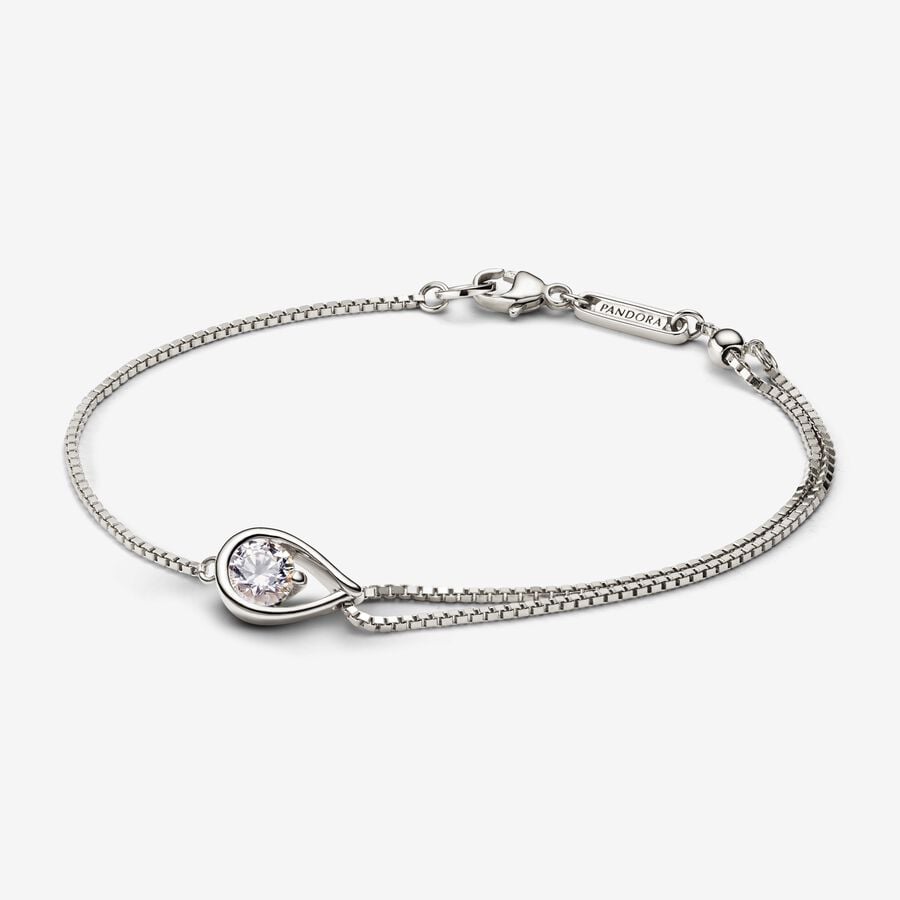
Pandora Infinite Lab-grown Diamond Double Chain Bracelet 0.50 carat tw. 14k White Gold
This radiant rare find features an elegant lab-grown diamond centerpiece and a double chain side that leads to a sliding ball closure — which allows you to adjust for the perfect fit.
- $1250
- Pandora

Lab Grown Diamond Tennis Bracelet In 14k White Gold 1 carat tw.
This classic style features round, brilliant lab-grown diamonds framed in 14k white gold.
- $1392
- Blue Nile

Bezel By The Yard Lab Diamond Bracelet 0.3 carat tw.
This luxurious pick offers an effortless style that can be worn everyday. It also features seven round brilliant bezel set lab diaonds strung along the signature chain.
- $750
- Jean Dousset